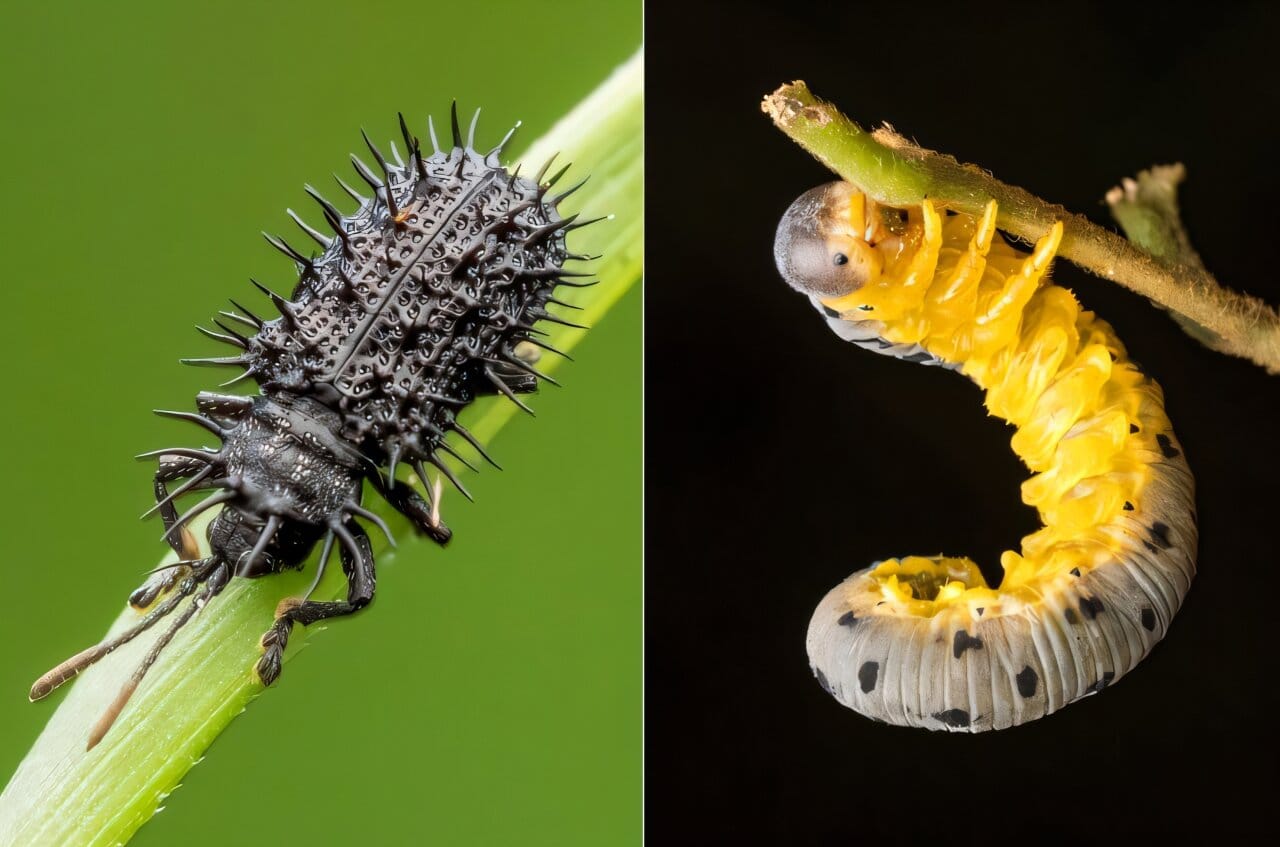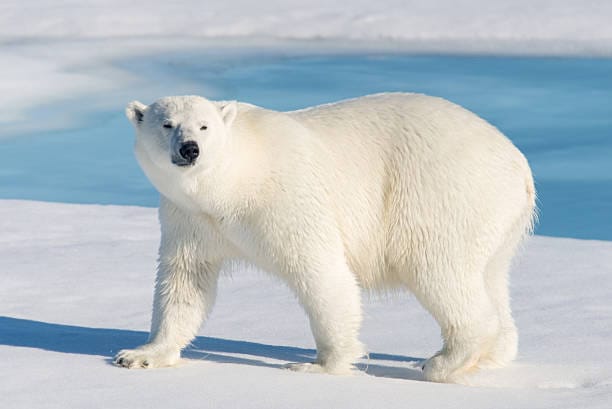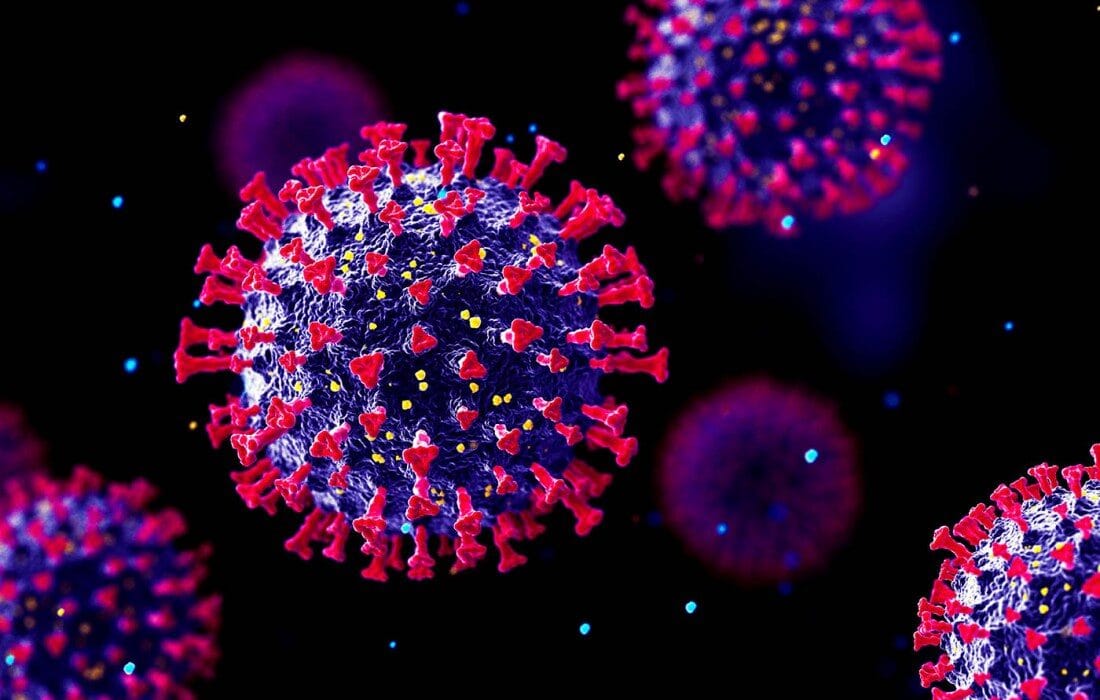They are the quiet hum at dusk, the flash of color on a leaf, the architects of decay and rebirth. Arthropods—an enormous group of animals that includes insects, spiders, and crustaceans—make up more than 80% of all known animal species on Earth. Despite their diminutive size, their impact on the planet’s ecosystems is colossal. They are the pollinators of flowers, the recyclers of dead matter, the prey that fuels the survival of birds, mammals, reptiles, and amphibians.
Yet new research is raising alarm bells that even these resilient creatures are under serious threat—particularly in the world’s tropical forests, which until now were assumed to be refuges of insect abundance and biodiversity. A groundbreaking new study published in Nature, titled “Stronger El Niños reduce tropical forest arthropod diversity and function,” has revealed that even these untouched jungles are no longer safe havens.
The Vanishing Chorus of the Tropics
For decades, scientists have documented worrying declines in insect populations across temperate zones—Europe, North America, and parts of Asia. Reports of silent springs, fewer butterflies, and declining bee populations have become part of public environmental discourse. But what about the tropics? The lush, humid forests that ring the equator are home to the vast majority of Earth’s species, especially arthropods. If insects were vanishing there, too, it would signal a truly planetary crisis.
Until recently, the data from tropical regions remained fragmented and inconclusive. But an ambitious new study has changed that. Involving researchers from multiple countries—including Australia, Hong Kong, and Malaysia—the international team combined data from more than 80 previous studies, all conducted in tropical forest sites that had never been commercially exploited by humans.
The results were devastating.
Across butterflies, beetles, spiders, and other arthropods, the researchers found significant declines in biodiversity. Not only were fewer species being observed, but the remaining populations were performing their ecological duties—such as leaf consumption and decomposition—with alarming instability. These changes weren’t just occasional fluctuations. They signaled a sustained drop in ecosystem function.
“To find such large declines over many studies is really bad news,” said Dr. Adam Sharp of the University of Hong Kong, the study’s lead data analyst. “Our results suggest strongly that the immense biodiversity of tropical forest arthropods is immediately threatened.”
The Mystery of the Missing Insects
What’s most unsettling is where these declines are happening. The forests surveyed in this study were considered pristine—untouched by logging, agriculture, or urban development. There were no pesticides to blame, no highways slicing through canopies, no clear signs of human encroachment.
So what was killing off the insects?
The researchers looked beyond local disturbances and instead focused on a global phenomenon: climate change, specifically the growing power of El Niño events, part of a natural climate cycle known as the El Niño–Southern Oscillation (ENSO). ENSO cycles influence weather patterns around the world, and they’re particularly potent in the tropics.
El Niño years are typically hotter and drier than average, while La Niña years are cooler and wetter. In the past, the two phases acted as a kind of balance—species that struggled during one phase could rebound during the other. But climate change is now throwing this balance into disarray.
“El Niño seems to be the prime suspect,” said Dr. Mike Boyle, the study’s corresponding author. “In these tropical forests that haven’t otherwise been physically modified by humans, we can rule out habitat loss, pesticides, and pollution. What’s left is climate variability—and the changes we’re seeing in ENSO are likely driving the declines.”
A Climate Tug-of-War: El Niño vs. Biodiversity
The new research reveals that arthropods are highly sensitive to ENSO fluctuations. Certain species thrive in wet, cooler La Niña years—often those that specialize in moisture-rich environments, such as decomposers that break down leaf litter on the forest floor. Others may do better during warmer El Niño years. But if El Niño becomes increasingly frequent and intense, as recent climate models suggest, it could systematically disadvantage the species that rely on La Niña conditions.
And that’s exactly what the scientists found.
The greatest losses in arthropod populations were among species adapted to La Niña-like conditions. The implication is clear: the warming, drying trends associated with El Niño are decimating the very insects that sustain the health of tropical ecosystems.
These insects do far more than buzz and crawl. They process organic matter, pollinate plants, and serve as critical food sources for other forest animals. Their disappearance affects the entire web of life. It is, in ecological terms, a slow-motion collapse of the foundation stones.
A Fragile Web Unraveling
Insects may not inspire the same emotional urgency as polar bears or orangutans, but their disappearance carries profound consequences. When butterfly numbers plummet, flowers go unpollinated. When beetles and ants vanish, dead plant matter piles up instead of decomposing into rich soil. When spiders become scarce, other insect populations can surge unchecked, upsetting the balance of predation.
University of Hong Kong ecologist Louise Ashton, a co-author of the study, emphasized the stakes: “Arthropods are essential components of functioning ecosystems, carrying out vital processes including decomposition, herbivory, and pollination. We must better understand how nature is shifting and what is happening to arthropods and their ecosystem processes in response to environmental change.”
The intricate ecological machinery of the rainforest runs on tiny gears. Take out too many of them, and everything grinds to a halt.
What This Means for the Planet—and for Us
The findings of this study resonate far beyond the equator. Tropical forests are the lungs of the Earth, absorbing vast amounts of carbon dioxide and playing a crucial role in climate regulation. They are also reservoirs of genetic diversity, which scientists are only beginning to understand and tap for medicine, food security, and biotechnology.
Arthropods are not just part of these forests—they are drivers of their productivity. Losing them could weaken the forests’ resilience to further climate shocks and make them more vulnerable to degradation. In other words, the loss of insects could accelerate the loss of the forests themselves.
Australia’s Professor Roger Kitching, one of the study’s senior contributors, points out that this research offers an urgent lesson for nations around the globe. “The crucial message for Australia is the need to monitor the biodiversity in our rainforests—revisiting previous surveys is the key,” he said. “We need to build long-term datasets that allow us to detect subtle but dangerous shifts.”
Monitoring may sound mundane, but it’s the first step in saving what remains. Without knowing what’s changing, conservation is blindfolded.
A Wake-Up Call in the Canopy
It’s easy to ignore what we don’t see. Insects slip under our radar, their labor taken for granted, their losses unnoticed—until it’s too late. But this new research shouts a clear warning: even the most remote and supposedly protected corners of the Earth are not immune to climate change.
The forests are speaking, not with falling trees but with vanishing wings and silenced choruses of legs and antennae.
The scientists behind this study continue their work, collecting data in Hong Kong, China, Australia, and Malaysia. Their hope is that by identifying how climate-driven El Niño events are reshaping tropical ecosystems, they can better predict—and hopefully prevent—further damage.
“We are not just losing insects,” said Dr. Sharp. “We are losing the invisible threads that hold life together.”
If El Niño grows stronger, and the world continues warming, the crisis may deepen. But the future is not yet written. Understanding is the first defense. Action must follow.
The Future of the Small Depends on the Choices of the Big
In a world increasingly defined by global climate dynamics, this study provides a sobering but vital reminder: small things matter. The fate of countless insect species—and the health of the forests they sustain—now rests in the hands of human beings.
As we alter the skies with greenhouse gases, we tilt the scales of delicate natural cycles that took millions of years to evolve. Stronger El Niño events are no longer just weather stories. They are ecological tipping points.
We still have time to slow the changes. But only if we act with urgency, curiosity, and respect for the smallest among us. The rainforests, and their countless six- and eight-legged citizens, are counting on it.
More information: Stronger El Niños reduce tropical forest arthropod diversity and function, Nature (2025). DOI: 10.1038/s41586-025-09351-x






